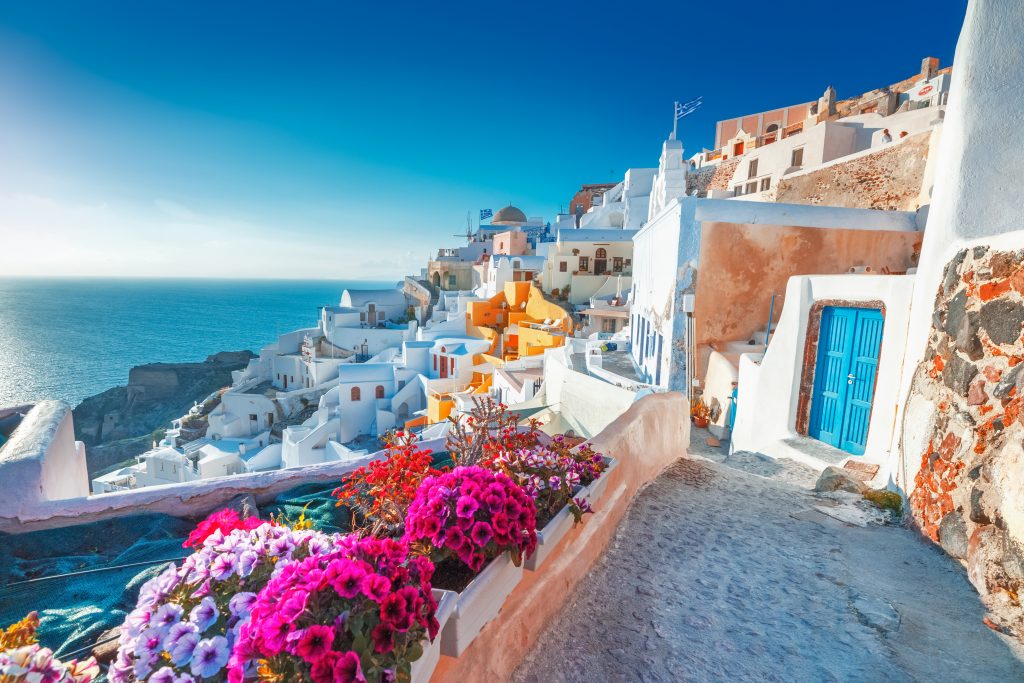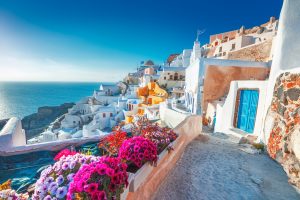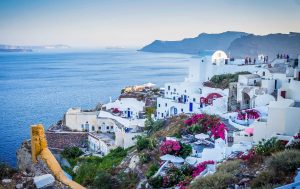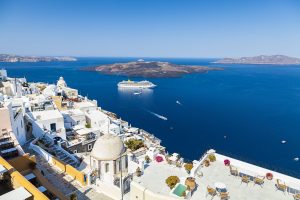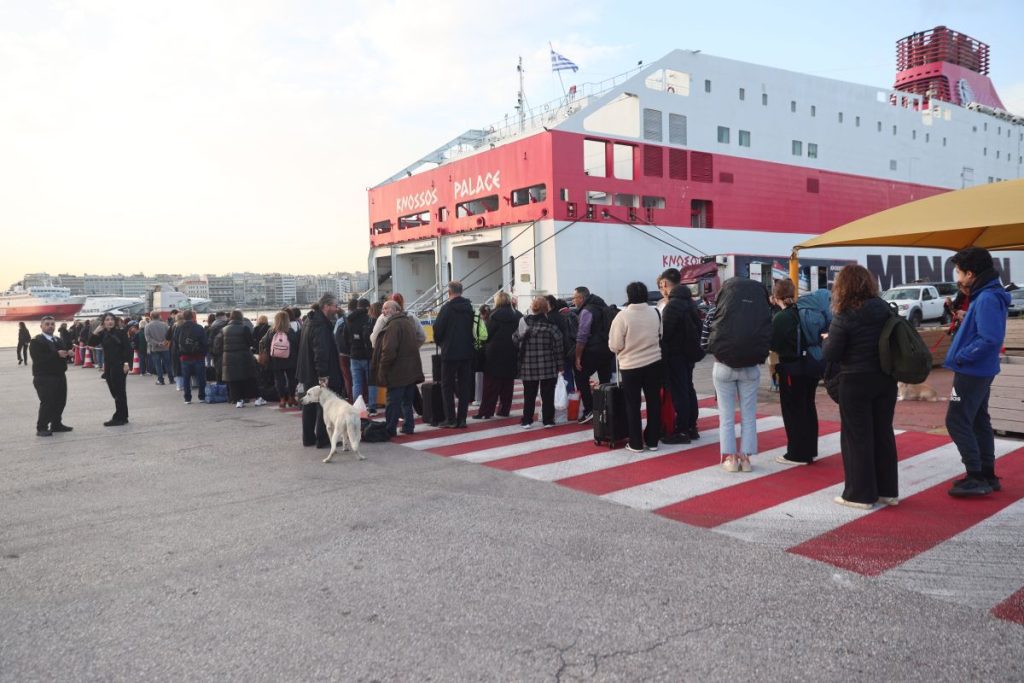Who doesn’t dream of visiting Santorini? With its iconic whitewashed houses, spectacular sunsets, and romantic backstreets, not to mention exceptional cuisine and wines, this Greek island has captivated millions.
Yet, despite being one of the world’s most coveted travel destinations, local officials and tourism stakeholders believe it’s time for the Santorini experience to evolve. Beyond its iconic beauty, they argue that a deeper, more meaningful experience is now needed.
For the first time in over a decade, the Municipality of Thera (Santorini) has launched a new tourism campaign focusing on the island’s cultural and historical wealth. At the heart of this shift is the Santorini 2025 initiative, a program that aims to go back to basics and to identify all those elements that make the Greek Cycladic island unique.
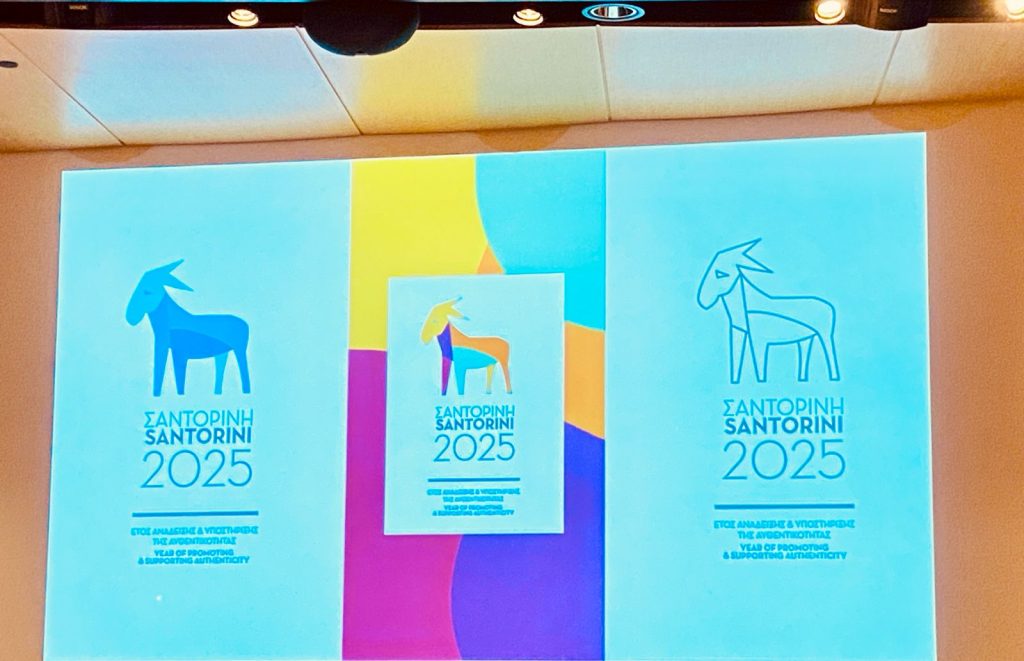
The initiative was officially presented this month during a special event at the Acropolis Museum in Athens, originally scheduled for February but postponed due to a series of earthquakes on the island.
Santorini – The One: A Renewed Vision for Tourism
“Santorini is a globally recognized, iconic destination; a symbol of unique beauty, cultural heritage, and hospitality. Its success has significantly contributed to Greece’s standing as one of the world’s most sought-after travel destinations. However, with this success come new challenges,” said Greek Tourism Minister OIga Kefalogianni.
“It’s time for Santorini to shift its focus from quantity to quality,” she emphasized. Travelers today seek authentic, immersive experiences, and Santorini must respond to these evolving demands.
Santorini 2025: Promoting Heritage and Authenticity
The Santorini 2025 Initiative, spearheaded by the Municipality of Thira, is a multifaceted project aimed at preserving and promoting the island’s cultural heritage. The initiative highlights Santorini’s history, traditions, architecture, cuisine, music, and art.
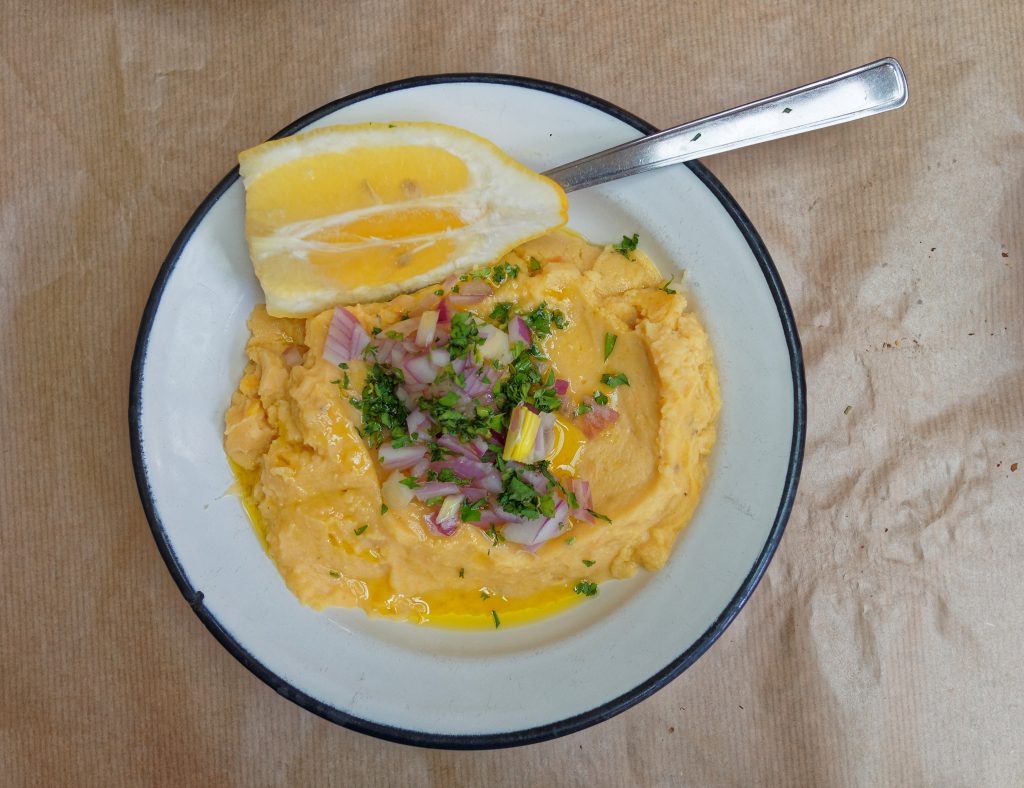
Santorini’s famous fava: A protected designation of origin (PDO) product.
“Only by understanding its past can Santorini move forward,” says Nikos Zorzos, the island’s mayor. “The focus on numbers and the ongoing expansion has impacted the identity of the island and now it’s time to slow down, step back, and refocus on what truly makes Santorini special.”
“It’s time for Santorini to veer away from past practices and quantity and instead focus on quality. It’s no easy task,” he explains.
Santorini: More Than its Sunsets
In this direction, archaeologist Demetrios Athanasoulis, Director of the Ephorate of Cyclades, announced a major cultural milestone as part of Santorini 2025. In June, the island will be welcoming back its daughter, the stunning “Kore of Thera” as part of the Kyladitisses: Untold Stories of Women in the Cyclades” exhibition currently on show at the Museum of Cycladic Art in Athens.
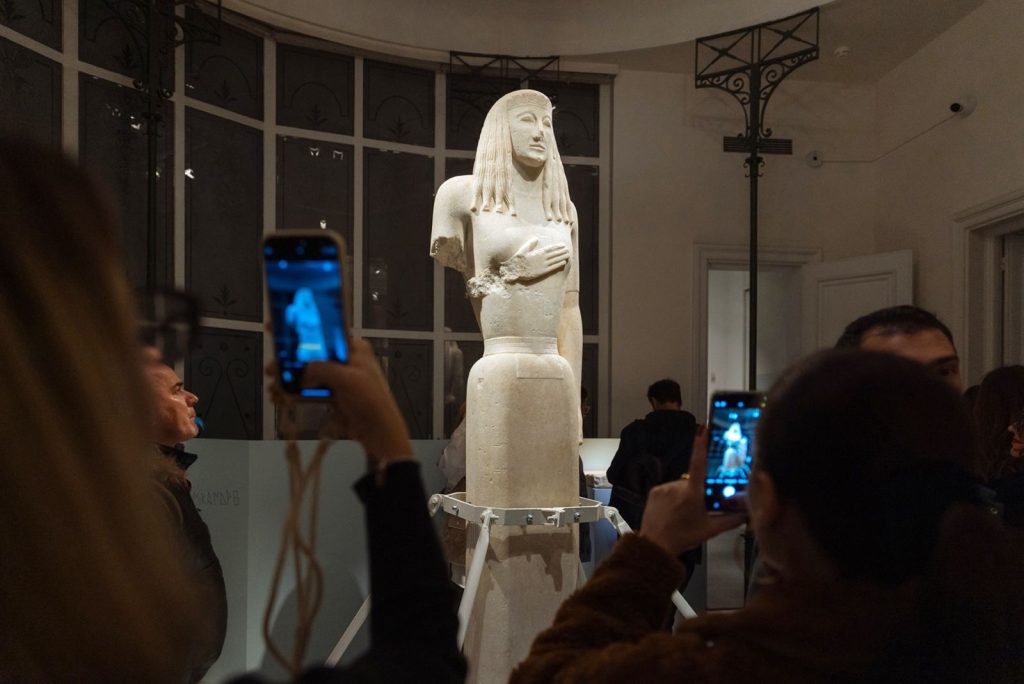
The marble ‘Kore of Thera’ (600 – 575 B.C.) returns to Santorini for the reopening of the Archaeological Museum of Thera on June 14. Photo: Paris Tavitian / Museum of Cycladic Art.
The show marks the official reopening of the Archaeological Museum of Thera, which has undergone extensive renovation works. The towering (2.48 meters) Kore of Thera, made of white Naxos marble, dates back to the 7th century BC, and will be displayed at the newly renovated museum.
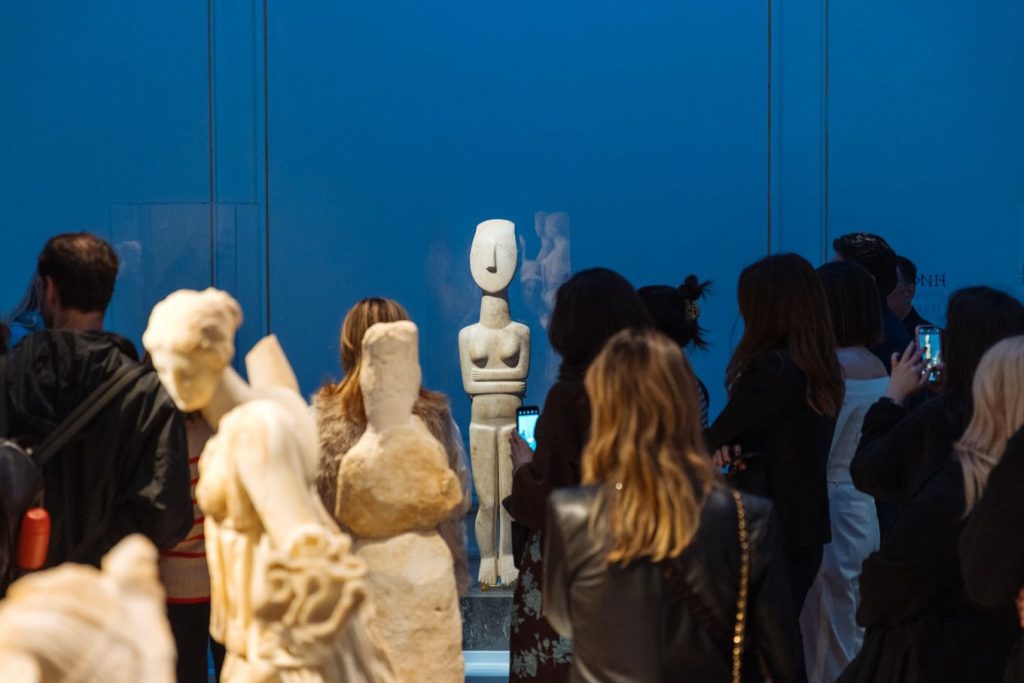
Photo: Paris Tavitian / Museum of Cycladic Art
Additionally, Santorini is home to numerous historical sites, including the Bronze Age settlement of Akrotiri, one of the Cyclades’ most significant archaeological treasures. Beyond Akrotiri, the initiative aims to spotlight lesser-known attractions, such as the chapel of Agia Irini which gave Santorini its name, and the traditional fishermen’s huts.

Photo: Paris Tavitian / Museum of Cycladic Art
Painter and hagiographer Christoforos Asimis stressed the importance of showcasing Santorini’s vast cultural wealth. “This initiative seeks to ensure the survival of our traditions, for both visitors and future generations,” he said listing the areas which the Santorini 2025 project will focus on.
These include linguistic idioms unique to the island, distinctive bells and their sounds used for farm animals, traditional dry-farming techniques, folk music traditions passed down through generations, the art of dry-stone walling (“xerolithies”), included on UNESCO’s Intangible Cultural Heritage of Humanity list; the donkeys, which are an integral part of the Santorini identity, their intricate saddles and beautiful hand-woven baskets; the boat building traditions; the hidden chapels tucked away in the island’s volcanic landscape, the island’s unique food products, cuisine and food culture; and its geological wonders and national geological park.
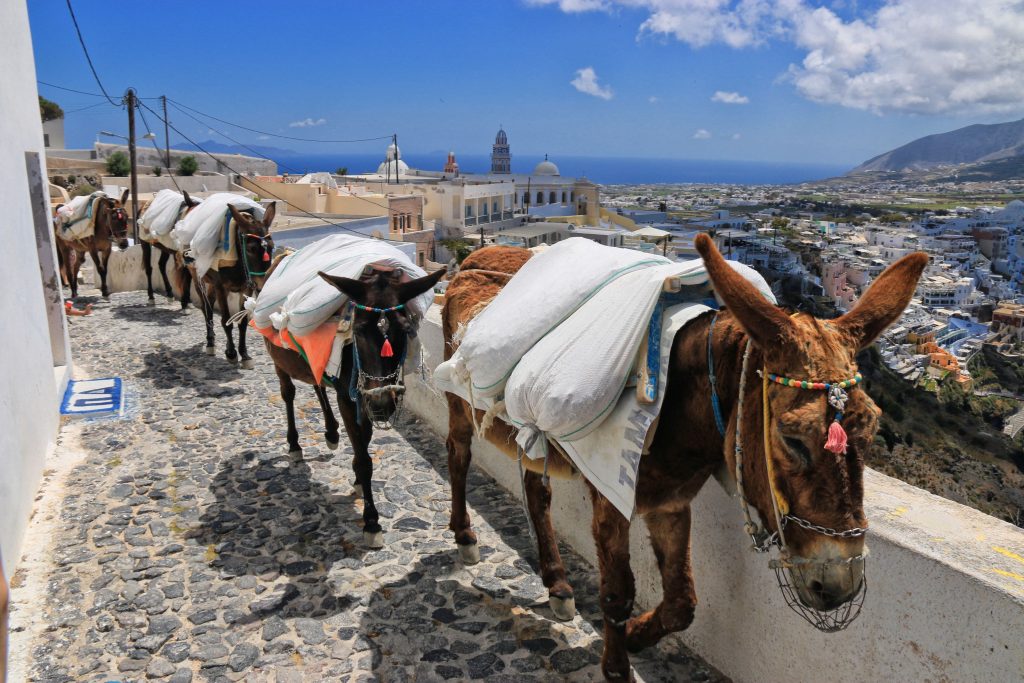
Asimis went on to note, that “to honor Santorini’s heritage, “we have chosen the donkey as the symbol of this project; an enduring part of our island’s identity.”
Unlocking Volcano Tourism: A Hidden Gem
Santorini’s geological landscape is another untapped treasure. Speaking at the event, volcanologist Dr. Georges Vougioukalakis emphasized the importance of developing volcano tourism.
“The Santorini volcano is one of the most accessible in the world, with clearly marked trails and breathtaking views,” he said.
Volcano tourism is a fast-growing sector in outdoor adventure travel, generating significant revenue for destinations such as Iceland, Japan, and Indonesia.
This opens a whole new tourism segment for Santorini, Vougioukalakis explained, adding that the first step should be to create a volcano museum similar to the one on the neighboring island of Nisyros, and introduce AI-driven experiences to enhance visitor engagement.
A Fresh Promotional Strategy: Santorini 2025
Georgia Nomikou, President of the Thira Tourism Committee, unveiled the island’s first major tourism campaign in over a decade. She described it as a fresh perspective on Santorini, “showcasing the unseen side of the island, beyond its famous views”.
A series of short videos highlight the lesser-known side of Santorini, focusing on its cultural heritage and history, cuisine, winemaking and culinary experiences; local art, music, and craftsmanship; the island’s unique geology and the warm hospitality of its people.
With the launch of Santorini 2025, the municipality in line with Greek Tourism Ministry priorities is charting a new course, one that values authenticity over mass tourism, heritage over commercialization, and immersive experiences. According to Mayor Zorzos, the future of Santorini tourism lies not just in its iconic landscapes but in the stories, traditions, and culture that make it truly unique.
“Going back to our roots is the only way forward for Santorini; for a bright and sustainable future.”
